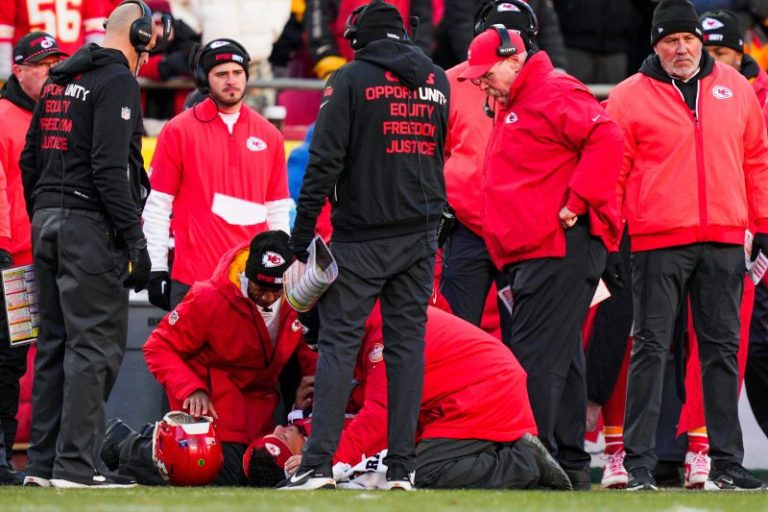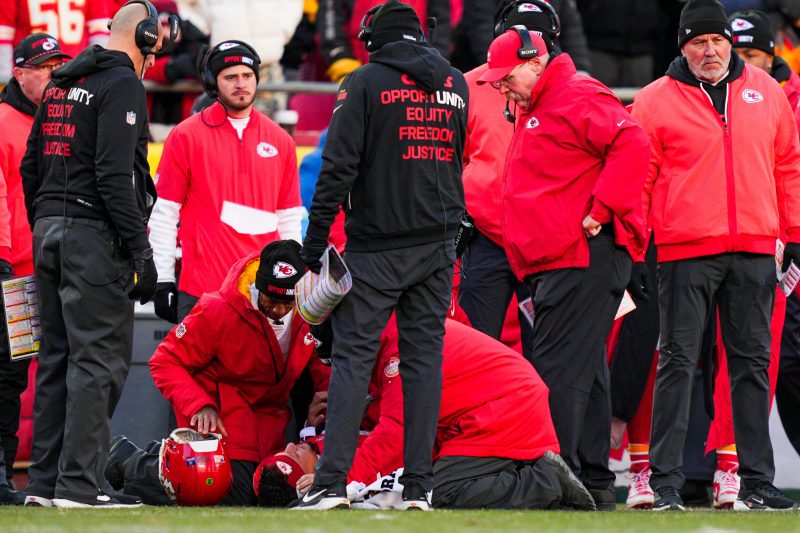
While at least 55% of youth ages 6-17 appear to be playing sports, a potential threat to the rising rate hovers over it, according to the Aspen Institute’s national State of Play 2025 report.
The percentage, according to the latest available data, pushes youth sports participation toward the 63% target set through the Healthy People 2030 program administered by the government and championed by Aspen’s Project Play.
However, as Aspen writes in its 2025 report of trends across the landscape, government raids of parks where immigrant children play, as well as other developments, have created an environment that suggests a reshaping of youth sports. Perhaps it even threatens the target goal of 63%.
“People will have different views about immigration and enforcement actions – and that’s understandable,” Oregon Youth Soccer Association executive director Simon Date wrote to parents this fall. “But wherever you stand on the politics, we stand unapologetically with kids not being scared to be at our events. Every child deserves to play soccer without fear, and that will always be our north star.”
The OYSA had announced that as many as 16 teams withdrew from competition in Portland after people reported Immigration and Customs Enforcement (ICE) activity in community parks.
Overall, the Aspen Institute concludes, through assessment of government and industry data and its national sports parent survey, American youth sports has effectively recovered from the COVID 19 pandemic, with participation rates continuing to rebound.
But the cost of youth sports has risen 46% since 2019, and significant access gaps remain among youth from upper- and lower-income households.
Youth Sports Business Report predicts that by 2030 only two distinct tiers of sports offerings will be available for families as the growing influence of private equity continues to affect sports families.
Here are highlights of the Aspen report, which was provided to USA TODAY Sports before its release this week, and what youth and adolescent athletes and their parents can learn from it.
Latino youth sports participation is up, with a caveat
Sixty-five percent of Latino youth ages 6-17 tried sports at least one day in 2024 over the previous 12 months – a higher rate than Black and white youth, according to data from the Sports & Fitness Industry Association (SFIA).
Participation among Latina girls rose from 39.5% in 2019 to 48.4% in 2024, according to “Unlocking the growing power of Latino fans,” research published by the McKinsey Institute for Economic Mobility. The report attributes this rise to organizations such as ELLA Sports Foundation, Girls on the Run, Sports 4 Life and the Women’s Sports Foundation that have launched programs targeting underrepresented groups.
Latino youth still regularly play sports at lower rates than white youth based on SFIA’s core participation statistic. Research by McKinsey and the U.S. Soccer Federation also found that Latino and Black children are three times more likely than white children to stop playing soccer because they feel unwelcome.
Aspen raises the issue of whether current immigration raids will have an adverse effect on Latino sports participation rates that appear in future analysis.
“It’s affecting our community-based (sports) programs and parks programs. It’s not a surprise,” said Renata Simril, president & CEO of LA84 Foundation, which ensures children have access to sports.
The State of Play report also cites 2025 media accounts in New York, California and Oregon that document fears due to immigration raids. According to a story posted at Today.com in July, Youman Wilder, the founder of Harlem Baseball Hitting Academy, said a group of ICE agents approached members of his team while they were practicing in a park.
‘I heard them saying, ‘Where are you from? Where are your parents from?” Wilder told MSNBC’s Nicolle Wallace. ‘And I just stepped in and said this is very inappropriate to ask these kids anything … I’m just going to have them implement their Fifth Amendment right, and not say anything to you.’ ”
The Aspen Institute’s Project Play has developed a Children’s Bill of Rights in Sports with a working group of human rights and sports policy experts. It offers eight rights recognizing that all youth should have the opportunity to develop as people in safe and healthy environment through sports.
The first right: “To play sports. Organizations should make every effort to accommodate children’s interests to participate, and to help them play with peers from diverse backgrounds.”
Municipalities in Tacoma, Washington; Akron, Ohio; Alexandria, Virginia; Perris, California; and Chapel Hill, North Carolina endorsed the Bill of Rights in 2025.
Casual organized sports play is a hot trend
About 55.4% of youth ages 6-17 were playing sports as of 2023, according to the federal government. Seventeen states and the District of Columbia were within a percentage point of or greater than the 63% mark.
Also, 6% more children ages 6-17 played a team sport at least once in 2024 compared to 2023, according to SFIA data.
“The rebound in participation since the pandemic is a credit to all who have innovated to improve access to quality sport programs,” said Tom Farrey, executive director of Aspen’s Sports & Society Program. “But we’re going to need leadership to ensure that as more money flows into the space, the needs of children – all children – are prioritized in the development of policies, practices and partnerships shaping what is still a disjointed landscape.”
Teenagers ages 13-17 continued to regularly play sports at lower rates, with their participation dropping by 3% in 2024.
Girls and boys play rises; non-traditional sports are thriving
Boys 6-17 regularly played sports in 2024, marking a 2% increase over one year, but boys participation has resided at 42% or lower for nine straight years. Girls participation, while still trailing boys, increased for the third straight year (to 37%).
Coach Steve: Why are boys’ sports on the decline? A former NBA star looks at solutions
From 2019 to 2024, according to the State of Play report, flag football was the only team sport tracked by SFIA that experienced growth in regular participation among kids ages 6-17. However, Tennis and golf increased as individual sports through separate data shared with Aspen.
Flag football was up 14% while baseball was down 19%, tackle football down 7%, soccer down 3% and basketball was down 2%.
Among youth ages 13-17, tackle (6.4% participation) is still much more popular than flag (2.8%).
Flag’s growth, according to Aspen, is largely attributed to the NFL, which has invested more in the sport as some parents delayed or walked away from tackle due to the risk of brain injuries and shifting U.S. demographics.
The NFL has also campaigned to bring flag football to high schools for girls, and 28 states either sanction girls’ high school flag or are in stages of pilot programs.
“There are so many young boys and young girls, you look at them the first time that they go out there to a practice, and then by the end of the season, it’s almost like they’re a totally different little kid,” former Notre Dame and NFL cornerback Bobby Taylor, an important figure in developing programs for the sport, told USA TODAY Sports in 2024. “You see that progression.’
Volleyball participation is growing faster than any other high school boys sport (a 13% increase in 2024-25, according to National Federation and State High School Associations.) Volleyball is nearing the top 10 of the most-played boys high school sports, while over the past six years, nine states have added varsity boys volleyball: Oregon, Kentucky, Indiana, Utah, Colorado, Michigan, Minnesota, South Carolina and Missouri.
Meanwhile, the number of children ages 6-12 who played another wildly popular sport – pickleball – at least once in the past year doubled over a two-year period, getting to 2.2 million in 2024.
Teenagers 13-17 increased their pickleball participation by 157% over two years.
More Coach Steve: Why pickleball is the perfect sport for everyone
Youth sports still cost too much, and it’s cutting families out of the picture
The average U.S. sports family spent $1,016 on their child’s primary sport in 2024, a 46% increase since 2019, according to Aspen’s parent survey in partnership with Utah State University and Louisiana Tech University.
According to Aspen, that’s twice the rate of price inflation in the U.S. economy during the same period. Baseball ($1,113) was the most expensive of the three most popular sports, costing more on average than soccer ($910) and basketball ($876).
The Aspen parent study came before President Trump’s tariffs and the federal government shutdown, and the organization says both could impact the economy and how families view their child’s sports costs. According to ESPN, $6.27 billion worth of sporting goods imported into the U.S. came from China, accounting for 61% of these imports.
Sports & Fitness Industry Association CEO Todd Smith told ESPN that tariffs may slow sports participation and physical activity for households earning less than $25,000 a year.
Thirteen years ago, 35.5% of kids ages 6-17 in homes with incomes under $25,000 regularly played sports vs. 49.1% who played from homes earning $100,000 or more. In 2024, the gap was 20.2 percentage points, according to SFIA data.
Mega-facilities (and mega-bucks) are becoming a permanent fixture
Aspen’s sports parent survey found that children from homes earning $100,000 or more are two times more likely to play travel sports than those in homes making under $50,000.
Project Play’s youth surveys in communities across the country show more children saying that what they dislike most about sports is that it’s too expensive, while, perhaps increasingly, they are feeling they can’t let down their parents.
“When kids or adults get emotional talking about their sports career almost always has something to do with their parents,” Linda Martindale, a boys high school basketball and mental fitness coach in the Boston area who also hosts the GameChangers podcast, recently told USA TODAY Sports. “It’s amazing how kids say, ‘I feel bad when I didn’t get to play or I didn’t perform, I feel bad for my parents.’ It’s like, ‘Wait, what?’ And a lot of times they say, ‘Well, my parents put so much into my playing career.’ ”
Commercial real estate and local economic development officials continue to capitalize on youth sports. This year, Ocoee, Florida approved development of a 159-acre youth sports and hotel complex (called The Dynasty project) valued at up to $1 billion.
While Project Play pushes for 63% participation by 2030, Youth Sports Business Report predicts that by that year, only two tiers of sports offerings will be available for families – premium destination experiences like Dynasty and community-based recreational programs.
More coaches are getting trained
A cohort of partners, including Little League International, the Positive Coaching Alliance, the U.S. Soccer Foundation and many others, has trained 1 million youth coaches in evidence-based youth development practices. The milestone was reached in 2025.
The Million Coaches Challenge also offers coaching strategies and a vision for making youth-centered coaching the standard nationwide.
Aspen created a 63X30 roundtable of 20 organizations that trained more than 263,000 coaches and administrators in 2025.
However, according to Aspen, coaches who were trained at least once in the previous 12 months dropped over a five-year period. For instance, in 2024, 26% of coaches had recent training in general safety and injury prevention, down from 34% in 2019.
The U.S. Tennis Association, Aspen says, has taken an unprecedented step for a National Governing Body (NGB) of sport, with USTA Coaching. It provides anyone who delivers tennis (parents, volunteers, high school coaches, staff pros, directors of tennis and certified professionals) access to resources and benefits such as liability insurance, telehealth, equipment discounts, coaching tools and a peer community.
Parents are much more about playing time than winning
According to Aspen’s parent survey, the most important coaching philosophy to parents (out of a choice of 10) was “supporting athletes in being healthy and fit.” “Winning games or competitions” was No. 8, but “distributing playing time in a fair manner” was No. 2.
Among parents with kids ages 6-10, only 23% say equal playing time is the right policy for their child’s age and competitive level. That’s nearly the same rate as parents of children ages 11-14 (19%) and 15-18 (17%).
About half of all surveyed sports parents believe every child on a team should receive some playing time.
NIL and AI are influencing the youth sports landscape
Forty-four states and Washington, D.C., allow name, image and likeness (NIL) agreements for high school students. There are even signs that NIL, in some cases, is changing the non-scholastic sports experience for middle schoolers (and younge)r.
The New York Times, for example, profiled an eighth-grade football player in Washington D.C. who signed sponsorship deals with a local fashion brand and hired an agent for future deals. “The goal is for him to reach a million dollars his freshman year of high school,” his mom said.
Elliot Hopkins, director of student services for the National Federation of State High School Associations (NFHS), told USA TODAY Sports in May he doesn’t see the system as sustainable. Hopkins played on the defensive line at Wake Forest from 1975 to 1979.
‘You just can’t keep doing this long term, because what happens is you and I are teammates and you get a bigger deal than I am, but I’m blocking for you,’ he says. ‘I’m like, ‘What the heck? You wouldn’t be getting any money if I didn’t block for you. I need more money so you can do your job,’ and the whole locker room becomes frazzled, and then no one trusts each other, no one wants to work for each other. They’re out for themselves.’
Meanwhile, artificial intelligence-powered video analysis, wearable sensors and analytics platforms potentially offer youth sports families a more personalized and engaging experience.
According to the State of Play Report, AI-powered platforms can analyze individual player performance and biometric data to create customized training programs and provide coaches with statistics to evaluate players that were previously unavailable. The advanced training, safety and administrative tools could help injury prevention.
But, according to Aspen, AI also carries concerns about costs, data privacy, balancing technology with personal coaching, and time commitment for younger children.
One New York soccer club offers parents the option of paying $300 annually for their child’s analytics.
“Reluctantly, the ecosystem has forced us to start younger and younger to stay in the game,” FC Westchester President George Gjokaj told NBC News. “I’d prefer to let them just have fun and support them without taking it too seriously at that young an age.”
This post appeared first on USA TODAY
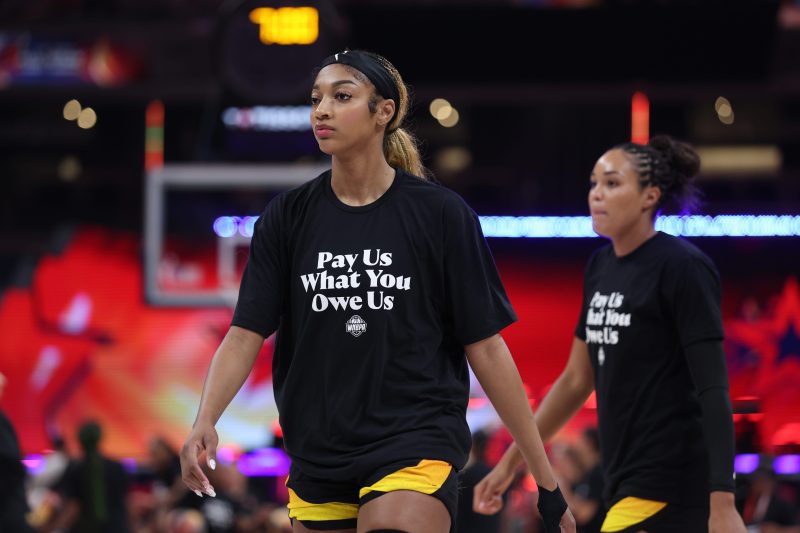

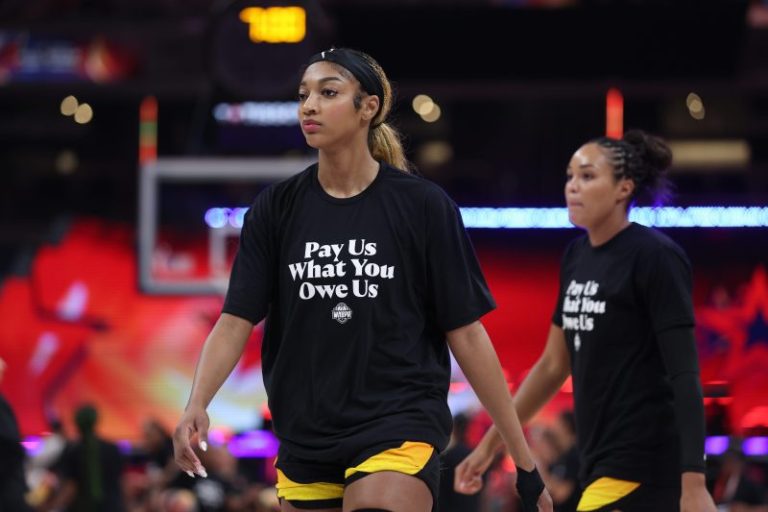




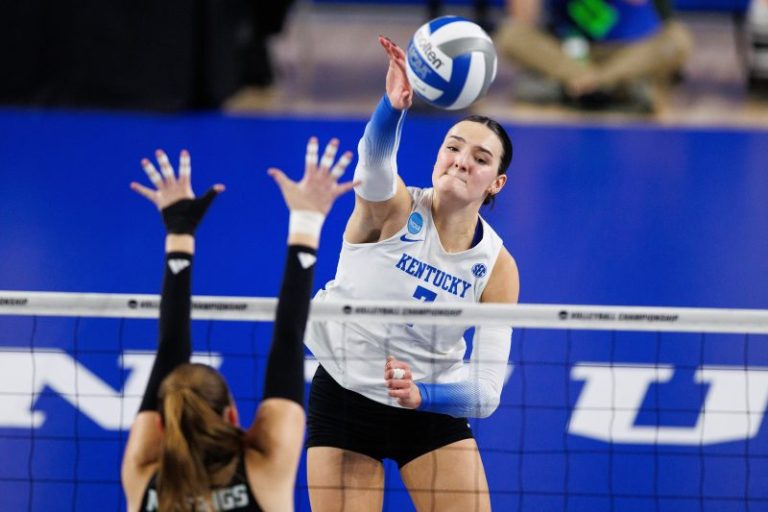
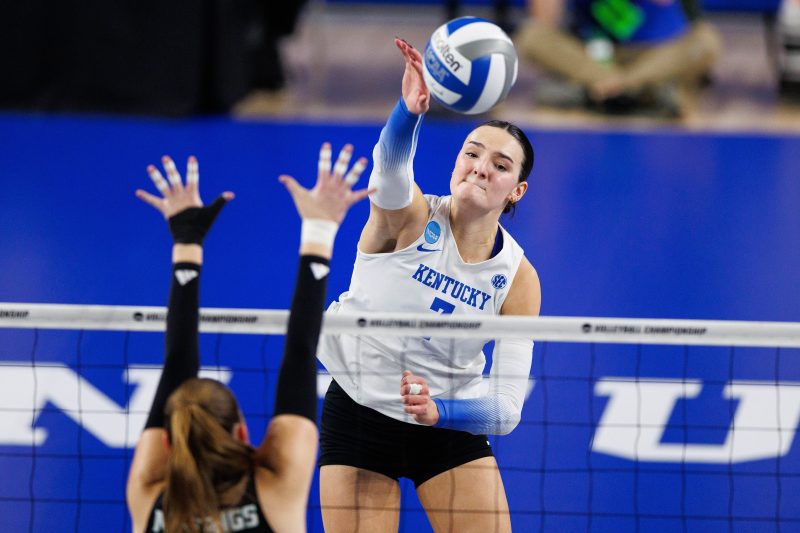
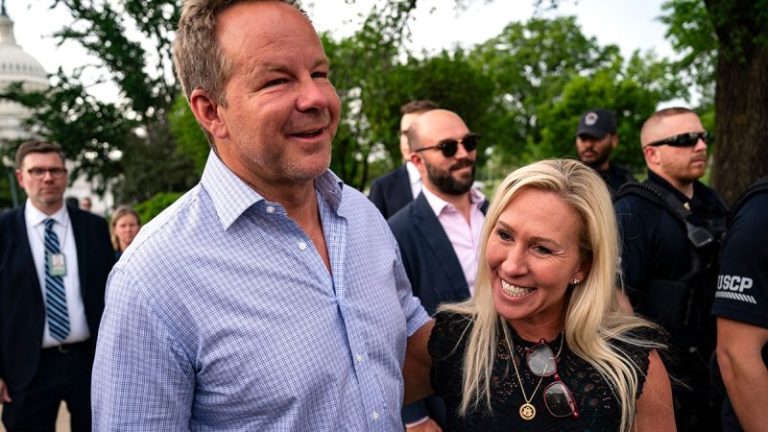
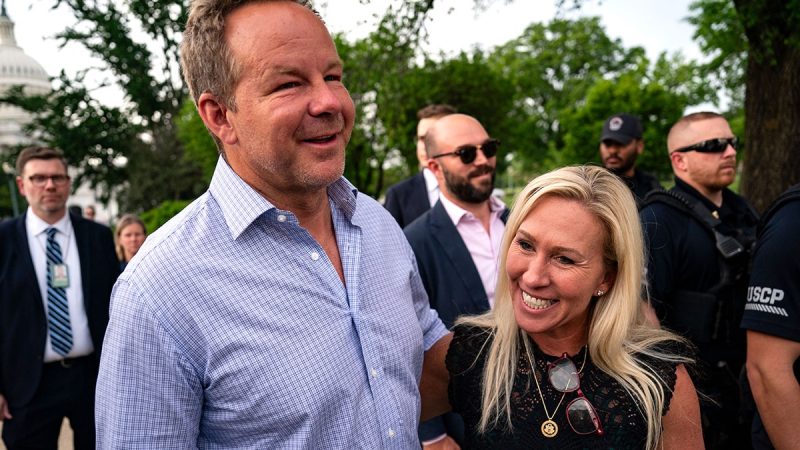



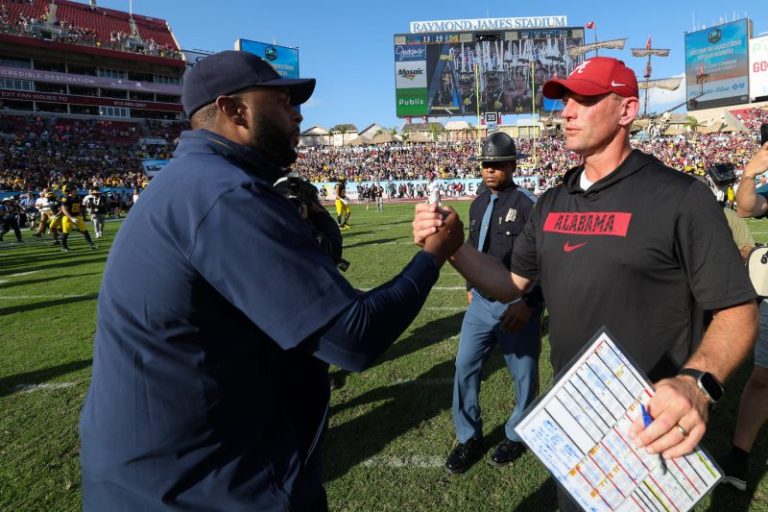

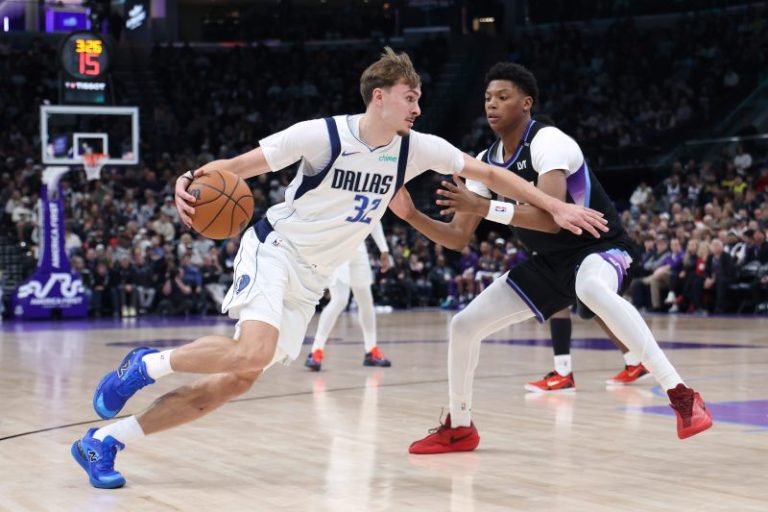



 Win
Win